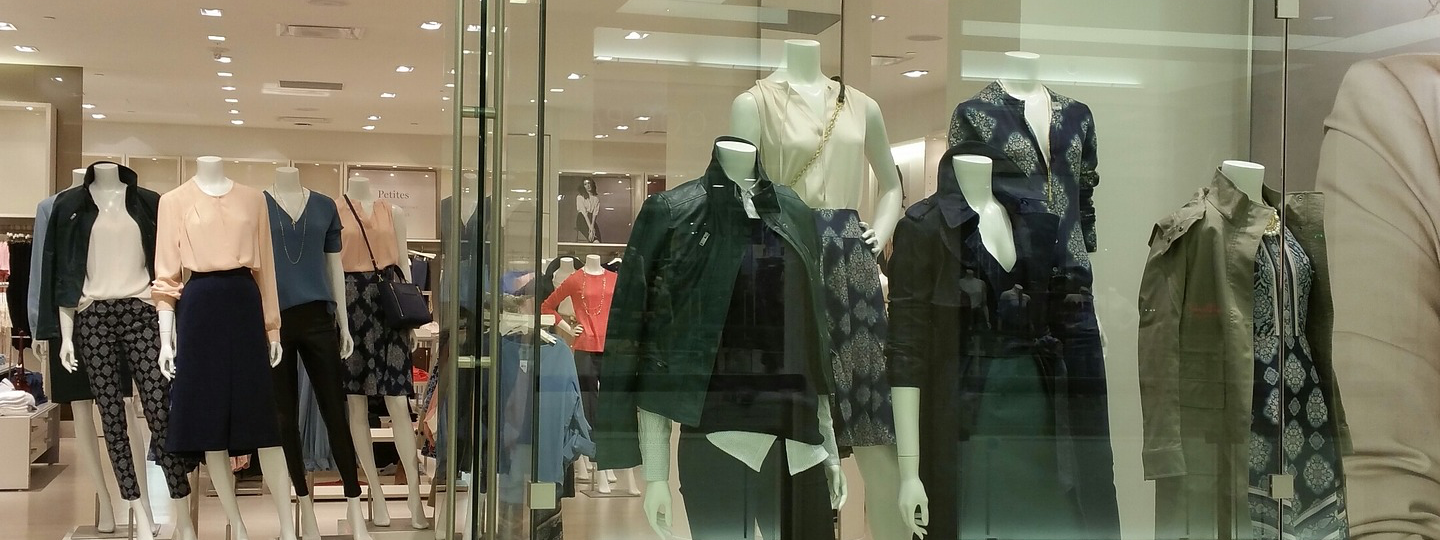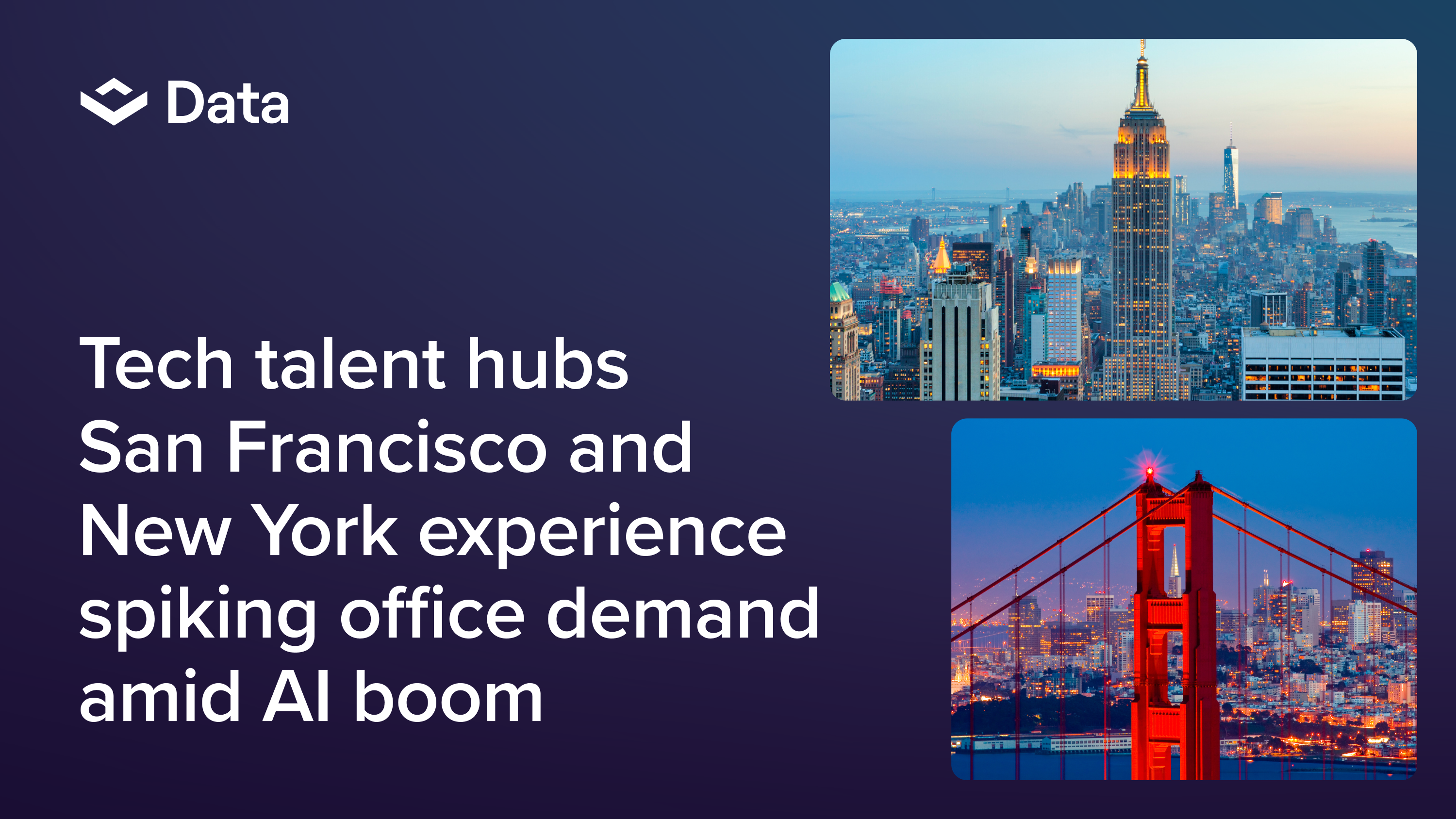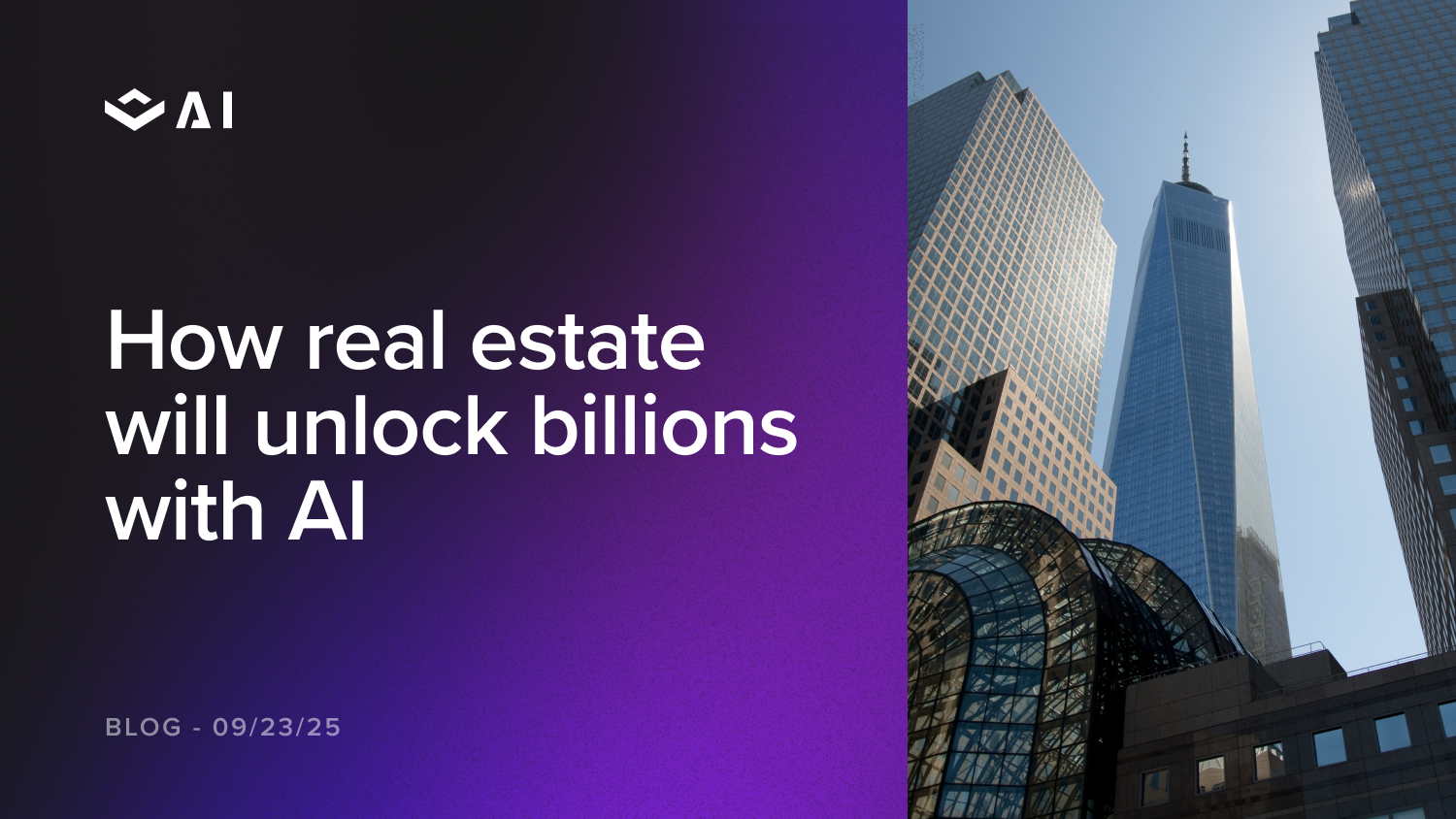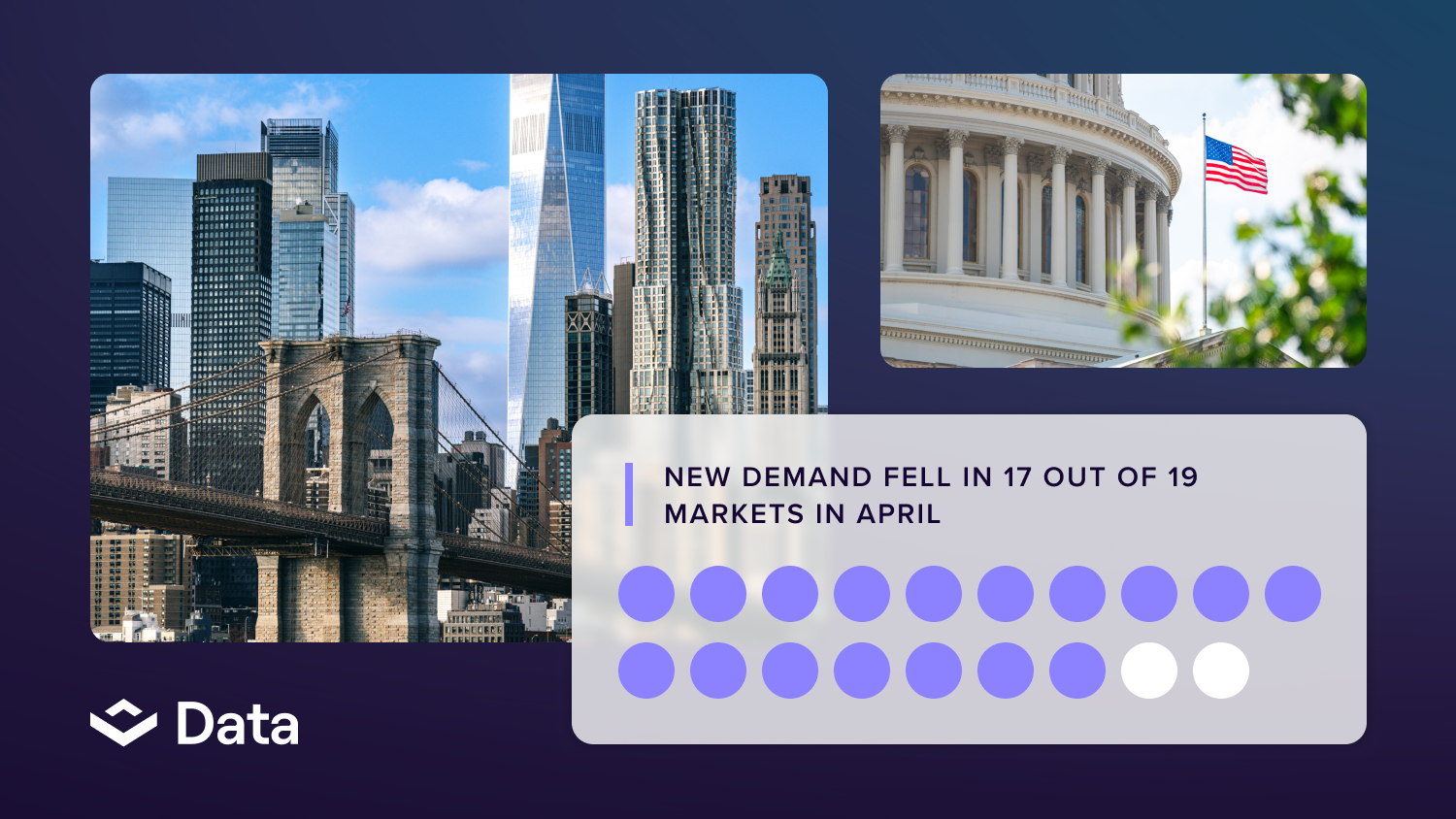
Up until now, technology has largely been considered retail’s enemy, as e-commerce companies like Amazon have taken a massive chunk of the market. But today, there is reason to believe technology could also be brick-and-mortar’s saving grace.
The Internet of Things (IoT) promises to revitalize the entire shopping experience, and that means retail properties can expect a boost to their profitability if they stay on top of this technological revolution.
1. Beacon Technology
Retailers can interact directly with customers as soon as they enter the store through the use of beacon technology. Some department stores, including Lord & Taylor and Hudson’s Bay, are already using Apple’s iBeacon tech in conjunction with mobile market platforms to send customers personalized promotions while they are in store. All the customer needs to do is download the brand’s app.
In the future, beacon technology promises to evolve and offer information on frequent store visitors, letting store managers see their purchase histories so they can better judge their preferences. This will help optimize the shopping experience by letting sales associates use their knowledge of the store inventory and a shopper’s history to better zoom in on their needs. At the same time, it will make stores more profitable by serving customers efficiently.
2. Blending the In-store Experience with E-commerce
The IoT connects the material with the digital, and according to a Reuters report it will help retailers replicate the personalization of e-commerce in-store. With the right technology installed, customers will be able to scan items in a store and pull up information about it online. That information will include reviews, social media commentary and price comparisons. If the price is cheaper elsewhere, a “smart” store will have systems installed that notice the price discrepancy and offer the customer a coupon or other incentive to purchase the item from them. The IoT gives retailers the opportunity to blend the in-store experience with e-commerce to cut back the advantages online sellers have.
3. “Smart” Price Tags and Robotic Shopping Carts
IoT-enabled price tags can change in real time based on current demand or other, larger trends. This opens the door for systems that analyze product success alongside retail trends to impact prices in stores minute by minute. But before you can get to the price tags you have to find the items, and that’s where tomorrow’s robotic shopping carts come in.
These shopping carts will connect to every item in the store over the internet , and they’ll be able to download a customer’s shopping list and help them navigate the aisles to the find their products. Bloomberg reports that Wal-Mart is currently developing robotic shopping carts to try and make shopping in-store more convenient. While further integrating the shopping experience and increasing efficiency, these technologies will also help in retailers’ battle against e-commerce by making physical shopping fun through the novelty of IoT devices.
4. Fully Integrating Retail and the Supply Chain
Underneath the digital price-tags, “smart” shelves and sensors will be able to monitor the quality and age of perishable items and inform suppliers when it’s time to replenish supplies. At the same time, these technologies can connect to the beacon system to offer discounts on items that are beginning to age. Or, it could be that certain items simply aren’t selling while others fly off the shelves. The same sensors can rely that information all the way across the supply chain, back to the manufacturers so they tailor production to make it in line with what’s happening on the shelves. IoT technology stands to integrate the entire supply chain, from the industrial setting that forms the backbone of retail right up to the products on the shelves.
5. Moving Towards the “Smart” Home
According to an Accenture report, the true power of the IoT is the opportunity it presents to retailers to create new revenue streams by expanding into new channels. The home is foremost among those channels. Retailers can provide home systems where nearly every device is connected to each other, and these connected platforms stand to open up a goldmine of customer data, letting retailers analyze everything from a customer’s utility usage to consumption trends.
Lowe’s already offers a “smart home hub” through its Iris platform that can communicate with any device on Wi-Fi or other networking technologies, like ZigBee and Z-Wave. Iris is putting Lowe’s in direct competition with traditional telecommunications providers while opening up new revenue streams. Manufacturers have proven eager to partner with Lowe’s to produce products that are integrated onto Iris.
What Developers Should Keep in Mind When Updating Retail Technology
Transitioning to new technologies should be done as quickly as possible. While some of the things mentioned above sound outlandish (robotic shopping carts, anyone?) they are becoming reality quicker than we realize. Beacon technology is already in use, the “smart” home is under development and the supply chain is integrating with the retail environment in increasingly intelligent ways. Retailers that hesitate to install and push these technologies are liable to be left in the dust and regarded as old fashioned when seen alongside competitors who do invest in IoT technologies.
When it comes to successfully updating retail technology, three things are essential: organizational cohesion, strong IT teams, and stronger tech investment. It’s critical that business professionals work hand-in-hand with IT leadership to promote a culture that works together to bring new ideas and technologies into stores quickly. On top of cohesion, retailers need talented IT teams who can actually build upon existing investments and develop new ones. And those teams aren’t going to get anything done if they’re not properly funded, so retail developers should see investments in technology as what they are—long-term business necessities.






